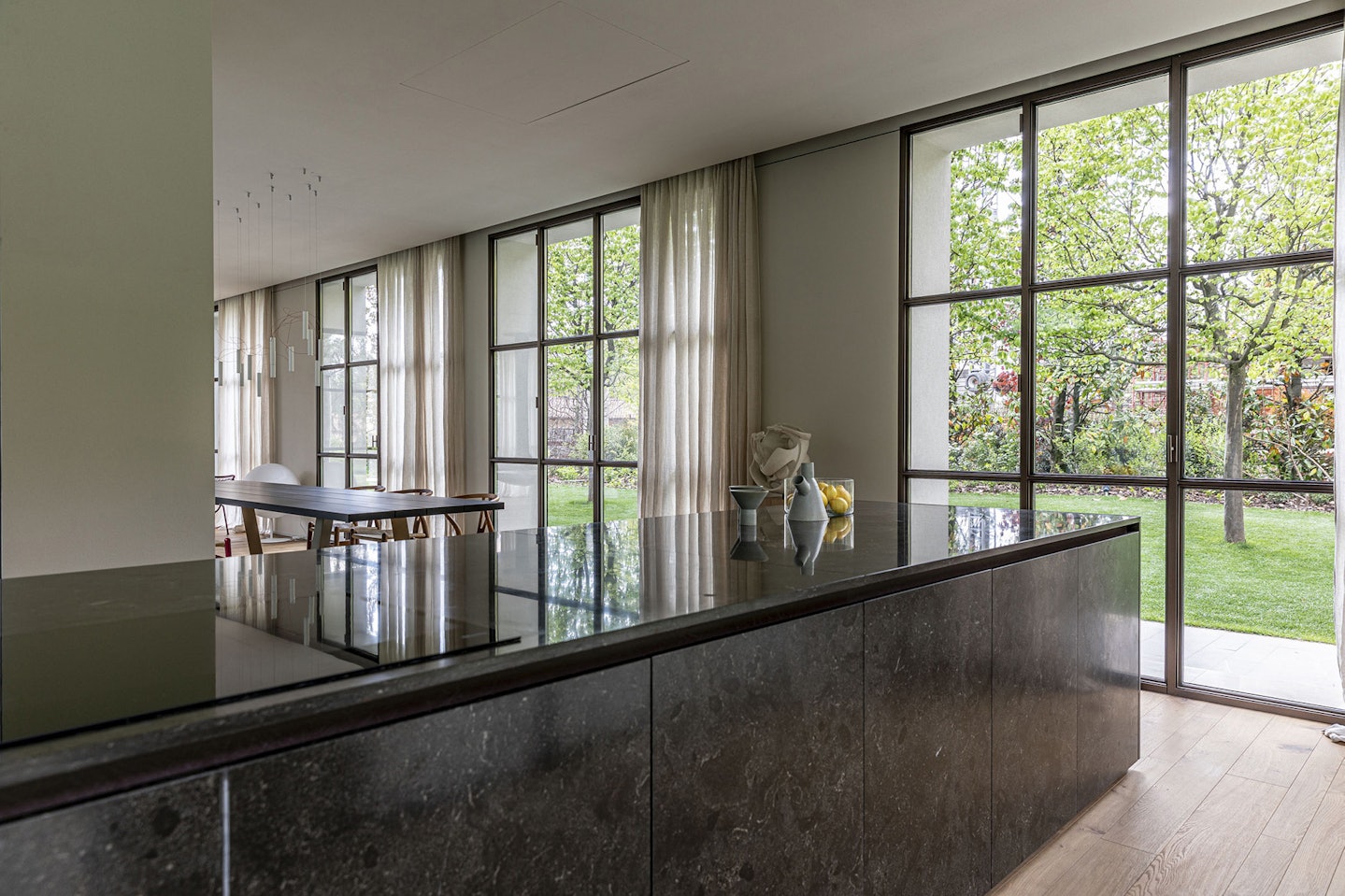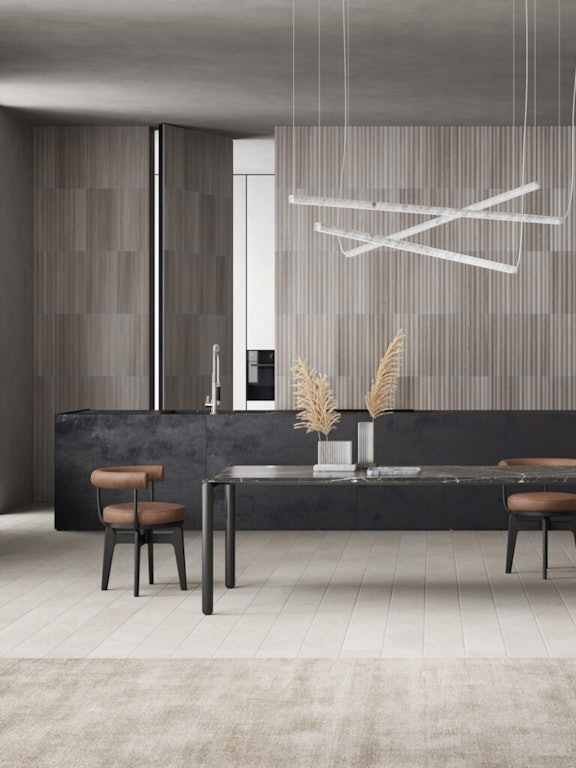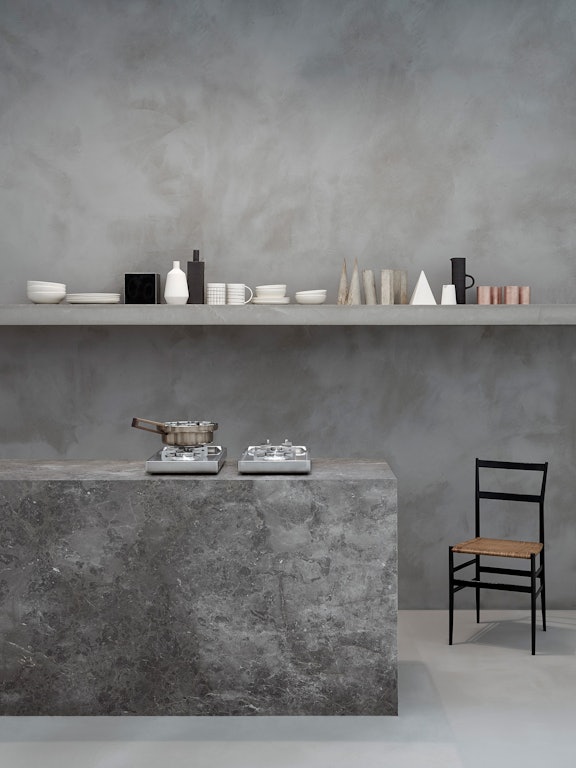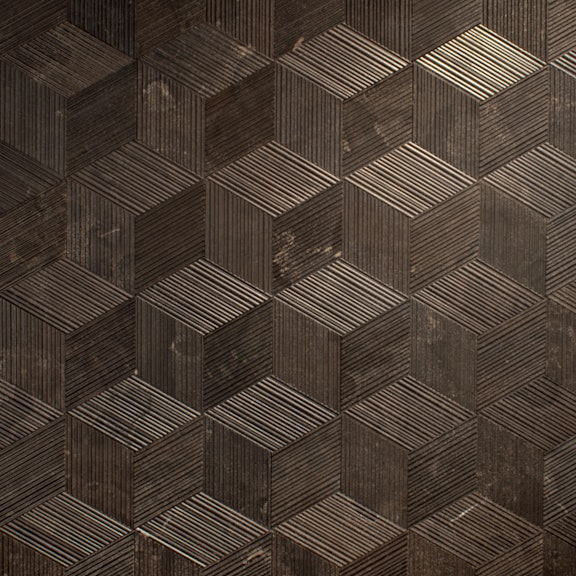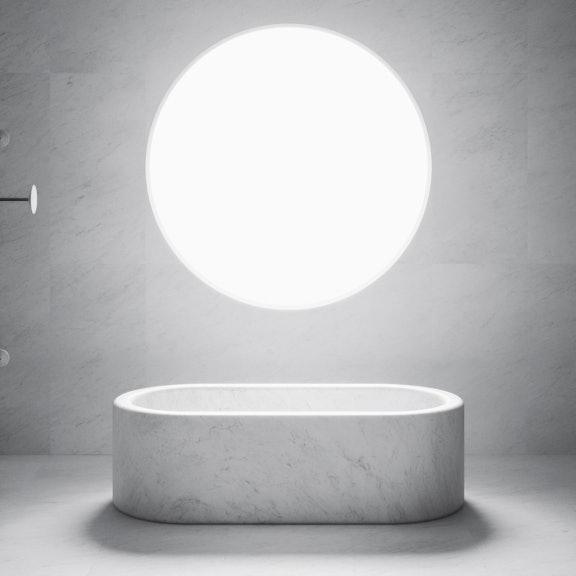The practicality and aesthetics of a natural stone kitchen island
05.2022
A kitchen island is not only a smart solution in terms of storage and layout, but can also become the focal point of an open plan living area. Discover our designer solutions in natural stone
8 ideas for kitchen islands in natural stone
It is little wonder that kitchen islands in natural stone have become so popular in recent years as they offer an incredible level of freedom, are extremely functional and make a real visual impact.
They are also the ideal way to break up an open-plan area and at the same time create an elegant and professional look for a perfect mix between restaurant kitchens and those of many television cooking shows.
And, when you choose a high-quality material such as natural stone, and an elegant texture, there is no doubt that an island will inevitably become the focal point of any space, drawing attention and becoming a natural gathering point.
It can also house a number of different elements, making it exceptionally versatile and practical. Whether it acts as a storage space or contains the hob or a sink, the important thing is that it remains neat and orderly.
.jpg?fp-x=0.5&fp-y=0.5&auto=format&w=720&h=480&fm=jpeg&q=70&fit=crop)
The different types of kitchen island
There are a number of different types of kitchen islands and what you choose will depend on the space and, of course, personal taste. If the layout means you can install an extractor above the island, you may decide to place the hob on it. Many people like to include the basin in it or simply to use it as a worktop, meaning that if you have guests around when you are preparing food, you can chat happily with them.
As we always say, however, materials make an enormous difference. Marble and other types of natural stone, for example limestone, never disappoint. There is also something about the combination of a natural raw material and the preparation of food that adds a special extra factor to the delicious meals that will result. From the classic coolness of Bianco Carrara to the rich dark brown of Pietra d’Avola, from the 100% green Lithoverde® to crisp, precise Plissé, a kitchen island takes on a stylish and striking character.
When it comes to the type of island, this will depend on the various options available for open space, wall island or central island with table.
-(3).jpg?fp-x=0.5&fp-y=0.5&auto=format&w=720&h=540&fm=jpeg&q=70&fit=crop)
The ideal dimensions of a natural stone kitchen island
There are no set dimensions for a kitchen island in natural stone. Obviously, its location or type depends on the layout of the kitchen fittings and the size of the entire space, to say nothing of the owner’s preference. While a large space clearly gives you more freedom to decide upon the size and format, even a smallish open plan kitchen-cum-living room can often accommodate a compact island.
Broadly speaking, when you are thinking how to position your island, you need to take into account how much space you have to play with between it and the perimeter walls. You should allow approximately 100 – 120 centimetres so that cupboard doors and drawers can be opened fully, and there is room to easily walk around the island without having to squash yourself against doors, oven, fridge and so on. If your island will also serve as a dining surface, you will also need to factor in space for stools.
One of the most compelling aspects of a kitchen island is the depth it offers, giving you an extra-large work surface and plenty of easily accessible storage for plates, pots and pans, glasses and items such as platters. The ideal solution to optimise its usefulness is a depth of at least 1 metre, with double-sided drawers.
.jpg?fp-x=0.5&fp-y=0.5&auto=format&w=720&h=960&fm=jpeg&q=70&fit=crop)
How to choose the layout of a kitchen island in natural stone
Deciding on the placement of your marble or stone kitchen island will, as we have said, depend on the size of the space, but there are a number of choices.
If you are a fan of a kitchen island but don’t want to completely abandon a traditional layout, a linear kitchen with a facing island is a perfect compromise, as is an L configuration in which the kitchen takes up two walls at right angles and almost encases the central island.
Perhaps the most striking solution is a linear island, where it performs a multitude of functions, housing appliances, sink, drawers and cupboards, as well as serving as a worktop-cum-eating surface. The crowning glory here is a designer extractor hood in the centre of the room.
If you like to shake things up a bit, an L-shaped island is an interesting option as it will undoubtably define and dominate the space and create a pleasing variation of volume and materials, particularly if you pair light and dark shades of natural stone.
In terms of its role, an island is extremely versatile and can contain just a hob, just a sink or even both, depending on preference and work habits.
One of the great advantages of a kitchen island is the number of items it can hold, and here you can go to town with clever storage solutions, such as drawers for pans, rotating cupboards and pantry compartments, drawers for cutlery and plates.
-(2).jpg?fp-x=0.5&fp-y=0.5&auto=format&w=720&h=540&fm=jpeg&q=70&fit=crop)
The best type of natural stone for a kitchen island
Natural stone is one of the most sought-after, tough and hardwearing materials around and it also offers an incredible array of colours and patterns. Where better to showcase it than a modern kitchen, a room that has gone from a merely functional space to a theatre where you express your taste and personality. Elegant stones such as Crema d’Orcia limestone or Gris du Marais®, a striking grey-brown marble, are perfect in this context.
The base of the island is the perfect outlet for making a design statement, whether you choose understated, minimalist colours and finishes, or opt for something bolder, such as Bamboo, Infinito or Romboo, three textures that lend a sense of dynamism and depth for a unique kitchen style.
This also opens up Total Look possibilities, as you can perhaps make a feature of the island’s sides through texture, then match the floors or walls in the same stone in a more classic honed finish. The result is a wonderful harmony and fluidity that is extremely pleasing to the eye.
.jpg?fp-x=0.5&fp-y=0.5&auto=format&w=720&h=480&fm=jpeg&q=70&fit=crop)
The advantages of a kitchen island in natural stone
There are many advantages to choosing a kitchen island in natural stone and the first of those is all about conviviality. The worktop automatically is integrated into the living zone, so that the cook is never isolated as they prepare food, allowing everyone to interact.
Inevitably, the best parties happen in the kitchen, and an island often becomes a magnet for conversation, a kind of gathering point where guests gravitate together, maybe with a drink in hand as they chat and relax.
Then, there is the more practical aspect, as an island gives you an additional horizontal surface for holding a hob, small appliances such as a toaster, mixer, or simply to prepare or eat food. Vertically, it provides smart storage as we have discussed above.
Another small, but important aspect is that being in the centre of the room, if you install the hob on an island, splashes of oil, tomato and so on that inevitably happen when you’re cooking, don’t end up on the wall, where they are often difficult to remove.
The kitchen has always been the heart of the home, but in recent decades it has become even more important in our domestic lives, serving not only as a functional space, but one where we can showcase our style.
If you are a design lover and want to create a dream kitchen that is practical and stunning, we invite you to book a consultation in one of our showrooms where you can speak to one of our experts and see and touch our full range of beautiful stones and textures.
